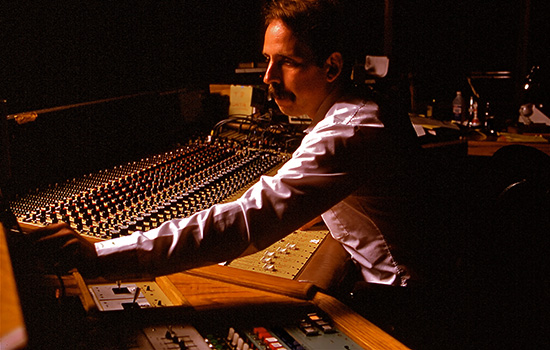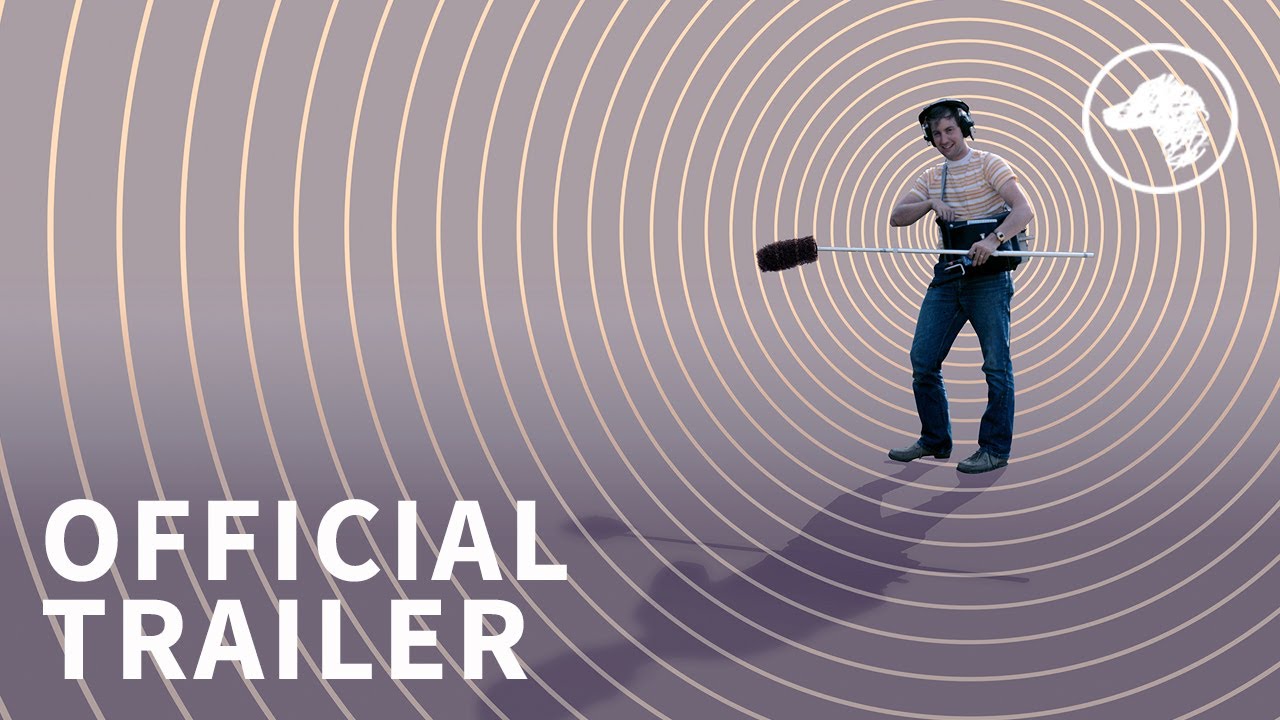It’s the mid to late 1970s. Film had changed immeasurably throughout the 20th century, but, strangely, sound was one of the few areas that had been almost entirely the same since Hollywood’s commercial heyday between the wars. Enter Walter Murch, Francis Ford Coppola, and the latter’s epic Vietnam War tale Apocalypse Now.
The film was the first to truly test the capabilities of sound beyond mere mono with the speaker behind the screen that had been standard in cinemas for decades. And in doing so, it changed film forever. “We established what we now call 5.1 sound,” says Murch, Coppola’s editor who looked after both sound and picture editing on the epic, sprawling tale. “This had not been done before. Francis had an idea of how the way he wanted the sound to be and how it would be perceived in the auditorium.
“We were working on the sound throughout, making discoveries and looking at it. No-one had ever worked this way before. I had never worked in anything other than straight up and down mono soundtrack. We’d made The Godfather three or four years earlier, and it was done exactly like Gone With The Wind.” Murch’s contribution to the film is recounted as one of the pivotal moments in the history of sound in film in Making Waves, subtitled The Art Of Cinematic Sound, a feature-length documentary that premiered at the 2019 London Film Festival and opens on November 1. Murch is one of the key figures interviewed by director Midge Costin, herself a sound expert and contemporary of Murch’s.
The man whose filmography includes the likes of The Conversation as well as The Godfather, is revered by sound experts across the globe for his work. The seismic changes made in Apocalypse Now are recounted in Making Waves, which includes a cast of key talents from the world of sound. Now, looking back on it, chatting in a transatlantic phone call, Murch can remember the “excitement” and the feeling of discovering something new, akin to an explorer discovering a new continent. “We couldn’t talk to anybody about how to do this, there was a lot of trial and error. We had a list, and were continually adding to it.”
The film was the first to use computers, a mixing board and complex technology that is now a given. “We had to build a studio in which to mix from the ground up. It had the first mixing board using computers. This was 40 years ago, although we were using a computer, it was very, very primitive. There had to be lots of jerry-rigging, work to compensate for the fact. You couldn’t do what today you can do without thinking about it. It was a maze of wires.”
Murch adds that he was thinking about the sound throughout shooting and the picture editing process, something that is now more standard but at the time was almost an afterthought. Costin adds: “A lot of directors don’t think about sound until the end.” Making Waves sets out to ensure that sound is given its rightful place in cinema, that audiences see its crucial contribution to a film. For Costin it’s the culmination of a career immersed in and around sound in films, although even she was sceptical at first. “I’m a born again sound person,” she notes, admitting that it was the least glamorous and appealing part of the industry when she was a film student in the 1980s. “I hated sound.”
Starting as a picture editor, Costin crossed the divide after being scouted to work for a friend. “I needed money to finish my thesis,” she admits, “So I lowered myself to take a sound job. One job led to another –I had an ear for sound and I ended up working with Michael Bay and Jerry Bruckheimer.”
Starting off gung-ho, looking after sound for the bad guy’s car in Days Of Thunder, Costin’s flirtation with blockbusters came to an end after realising how she didn’t actually like the films she was working on (“sexist, racist films”, she clarifies). She decided to return to education (“teaching was my first love”), but still harboured a desire to make a documentary about everything she’d learned herself. An attempt made in the early 2000s was hampered by not being able to afford to use clips, something that “fair use” legislation has now helped happen. Meanwhile, another producer, Bobette Buster, was working on a similar idea, and, once people told her they’d sign up to be interviewed “if Midge Costin was involved”, the film became a reality.
“I’m so passionate about sound,” she says, “it’s a real art.” Her evangelical zeal was matched by experienced sound experts, as well as the directors and producers that hire them. “I saw a lot of people,” she says, “directors, people like Spielberg and Lucas, have respect for the sound people.” Where Costin’s project further succeeds is its subtle nod towards gender balance, for, as she notes: “There are a lot of women working in sound, but not in the supervising or senior roles. But it’s important to see yourself.”
And it also sees the emotional and personal strain of honing a craft so detailed and complex. The film includes a poignant moment in which one sound designer admits to the mental health issues they’ve faced (“We started a conversation and it just came out,” explains Costin, “It’s the hours you spend, what it takes out of your family life”). The project snowballed as the talent came on board, and Costin believes she has started the journey to rehabilitate her contemporaries. “People within the Academy don’t know the difference between sound design and sound editing,” she laughs, “I do get asked to explain it.” She further notes that some of the sound categories are still viewed as something of a joke too, citing the time Beavis and Butt-head presented one of the sound gongs at the Oscars.
Meanwhile, the sound community has responded positively to the film. “There is a community feel,” says Costin. “The most satisfying thing for people is that new audiences see and hear it. We had a screening for sound editors in New York and after it had finished, no-one spoke for a while. You could cut the emotion with a knife, I saw some tears. Somebody said ‘thank you for explaining to people what we do’”. Murch is equally positive in his view of the film. “There’s a danger in revealing too many secrets,” he says, “like a magician telling you how he chopped someone in half. The film carefully straddles that fence in not giving too much away.” He recalls the reaction to his own career-making film in a similar way.
“What we showed didn’t have the final, final music, but [we] saw it, listened to it, it was like a religious experience. No-one had heard anything like that before. The feedback for the sound came pretty fast. There were mixed opinions about the film, it got its share of bad reviews, but the sound of the film got noticed pretty quickly. I think its reputation has grown. It’s certainly stood up to the test of time.” He says its recent new versions and edits (he was involved in the Redux version, but not the latest Final Cut) are fine, but he does warn about overdoing it.
“It really is the standard bearer for a certain sound,” he concludes. “Now it’s Dolby Atmos, we were working in 5.1. The number of channels has proliferated, it had changed since the digital revolution, we were working in analogue. The only computer thing was the mixing board, now everything we do is on a computer. Now you have 5.1, 7.1 9.1, 11.1, there’s a limit to how many channels the human mind can absorb. We’re reaching some kind of saturation. The danger is you overwhelm an audience, pound them into submission.”
Making Waves: The Art Of Cinematic Sound is in UK cinemas now



